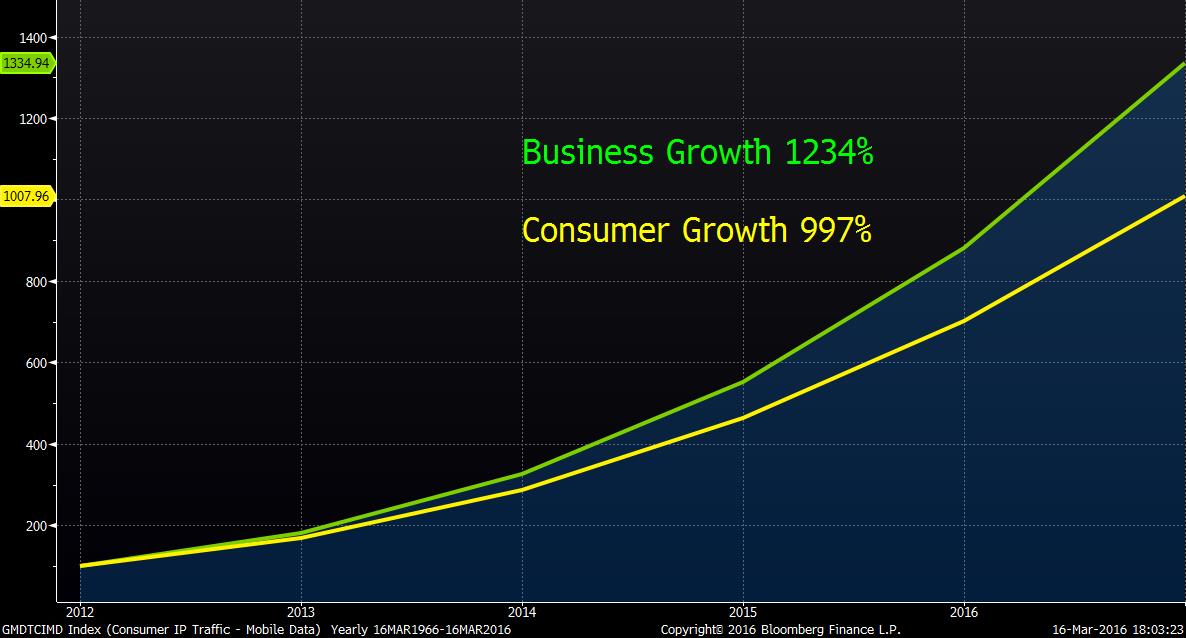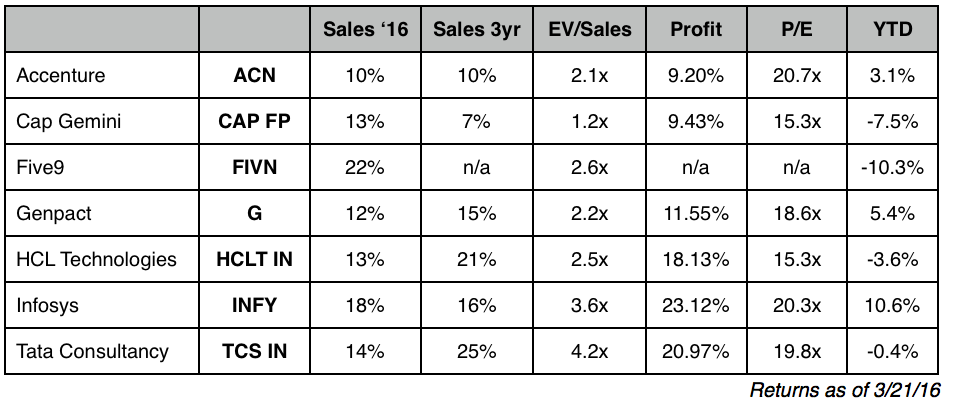Keep It Simple Stupid
Seven IT Companies Transforming Engagement
- Mobile data volume has risen eightfold since 2012 and will accelerate into 2017
- Data overload is upending the C-Suite and creating bottlenecks across enterprises
- 45% of US companies struggle with legacy systems and 36% with change management
- Agility and Artificial Intelligence are redefining customer interaction
Amtrak’s Acela speeds the suit-and-tie crowd between NY and Boston at up to 150 mph… until it doesn’t. After experiencing multiple mechanical fails first hand on a recent trip, we started going backwards. I immediately tweeted the situation and included #delta as a way of notifying powers-that-be my next trip might involve alternative transportation. Little did I know they were watching. Within 90 seconds, a return tweet offered both apologies and assurances we’d resume in short order. Moments later we were rolling. I tweeted my thanks and so did they. #LoveOnTheRails and #CustomerForLife.
What a difference compared to Saks Fifth Avenue. As the whole Amtrak episode unfolded in real time, Saks sent me an email promoting Purses and Party Dresses, even though my preferences clearly include M for male. Already on edge, I texted Customer Service. ‘Unfortunately we don’t offer an option’ for emails by gender. But wait, you have the data. I’m a guy and I buy guy stuff. Don’t you realize I don’t care about purses on sale? Apparently not. After several more canned responses like ‘How can we help you?” I realized they weren’t listening anyway and I cancelled my account. Thank goodness Amtrak was moving.
Hard to imagine two more different outcomes. While each company responded in real time, one pointed to a solution while the other fumbled the ball. What’s especially poignant is how a former government monopoly beat the pants off a legendary retailer on customer service. The problem… data paralysis
Salesforce.com Chief Digital Officer Vala Afshar estimates companies capture only 1% of available data, as 90% of the data has been created in the last two years and companies haven’t caught up. We’ve gone well past iPhones tracking you on GPS. Retailers now record your movements within the store. As a result, data transmitted across mobile devices has risen 8x since 2012. Cisco predicts 10-12 fold by 2017.
Mobile Data Explosion
Petabytes/Month

The question is how to keep up, and even highly respected leaders confess they are struggling. I spoke with GE Vice-Chair Beth Comstock at a leadership conference in Boston mid-March. Before introducing her on stage to a group of several hundred C-suite executives, she offered a stunning revelation. “I am so uncomfortable right now.” Nerves I wondered? Hardly. She was referring to accelerating change and overwhelming data loads pushing both systems and people to the brink.
Beth also shared an anecdote describing how board level execs scrambled when current CEO Jeff Immelt recently suggested scrapping what they knew and embracing what they didn’t. Uncomfortable indeed. Curiously, one day later the Chief Marketing Officer of a $7B tech company used the same word…uncomfortable. He added “15% growth in a 2% GDP world doesn’t happen by accident. All this change and working 24/7. We’re totally exhausted… it’s all so uncomfortable.”
While the Internet of Thing (IoT) enables impressive demos at SxSW (think smart shirts which generate heat maps of your torso on an iPhone) data overload is wreaking wreaking havoc on companies. As Mr. Afshar of Salesforce.com asserted, “There are no IT employees. We are all IT and every company is digital.”
THESE ARE POWERFUL WORDS.
“There are no IT employees. We are all IT and every company is digital.”
“There are no IT employees. We are all IT and every company is digital.”
“There are no IT employees. We are all IT and every company is digital.”
Mr. Afshar’s revelation reflects a generational and seismic shift which will spawn a new breed of entrepreneur focused on a new approach we call Streamlining. At the same panel in Boston, former Akamai CEO Paul Sagan implored attendees to “Communicate your digital vision so every employee can understand why his/her role will expand as a result the increased knowledge data imparts.” This is why some technology companies have begun carving out a new position in the C-Suite called Chief Digital Evangelist. Equal parts Visionary / Strategist / Manager, CDEs will become increasingly important to large enterprises. They are the new brainiacs.
True, data visualization companies like Tableau (DATA), as well as predictive analytics companies like Qlik (QLIK) and Splunk (SPLK) are already on the scene. They represent Gen One and there will be more. Some will begin as elite groups within consulting companies like Accenture, ultimately getting spun out to at premium valuations. Others will be startups with several employees, attracting VC capital in quick and successive rounds. Any software company which can help rationalize reams of data in human terms will become highly sought after and garner premium valuation. Our job as investors is to identify these new Streamliners. We believe this will emerge as an important investment theme over the next several years and we plan to position accordingly.
GE spinout Genepact (G) pioneered this so-called streamlining, and it has since trademarked an approach it calls Lean Digital. As explained to me by lead architect and CMO Gianni Giacomelli, Lean Digital provides a holistic solution to data management by aligning front, middle and back office functions end-to-end. Legacy systems burdened by looping workflow patterns and bolt-on solutions are out. Linearity and logic are in. This is the new model, and here’s our take on what it looks like.
Lean Digital Approach
Proactive Value Creation

Nearly every consulting company (Accenture, McKinsey, etc.) offers process improvement as part of its suite of services. However very few are pure-play, or close to pure-play systems integrators like Genpact. The company conducted a survey of 100 large U.S. enterprises and concluded 45% rely on outdated legacy systems while 36% struggle with change management. Given global annual software and services spending of $2.7T (Gartner), the potential revenue opportunity to help companies realign systems and integrate metadata is significant.
Genpact revenue growth has averaged 7-8% since 2014 and will accelerate to 10% into 2017 based on consensus forecasts. We like this year’s earnings growth outlook of 12%, though the 18.5x P/E multiple make us more inclined to buy on pull backs.
Five9 (FIVN) is another IT systems pure play we are actively watching. The company creates customer service software aimed at significantly improving call center effectiveness… Saks may want to give them a call. Imagine calling customer service and not having to repeat your account number each time your are passed along the chain. Actually, imagine not getting passed along at all. One person would have access to your ENTIRE account history and be empowered to provide solutions in realtime without putting you on hold.
I interviewed Founder/CEO Mike Burkland at the NASDAQ Market Site and he outlined two pathways for growth over the next two years. First, FIVN has recently partnered with Salesforce.com (CRM) to integrate their software into the Salesforce customer relationship management platform, meaning Salesforce customers can seamlessly become Five9 customers. This is Uuuuge. Second, Five9’s revenues are less than 1% of the $24B addressable market for call center services, so there’s plenty of potential upside (15.8M call service agents globally X $150/month for Five9 software X 12 months = $24B). Management has made its case to investors at five growth conferences in five months (Barclays, Needham, Northland, Pacific Crest, Roth) and 5 of 6 analysts rate shares a Buy. The average 12-month target of $10.50 implies 35% upside.
One final point from Rob Harles, who heads the Social Collaboration practice for Accenture. He notes two thirds of the S&P 500 components turn over every ten years, meaning innovation is the essence of relevance. He suggests “beehiving” small groups of highly talented employees on a regular basis and presenting them with a mandate: Figure out how to put us out of business. Thanks for the tip, Rob.
Streamliners
Companies Streamlining Enterprise IT


